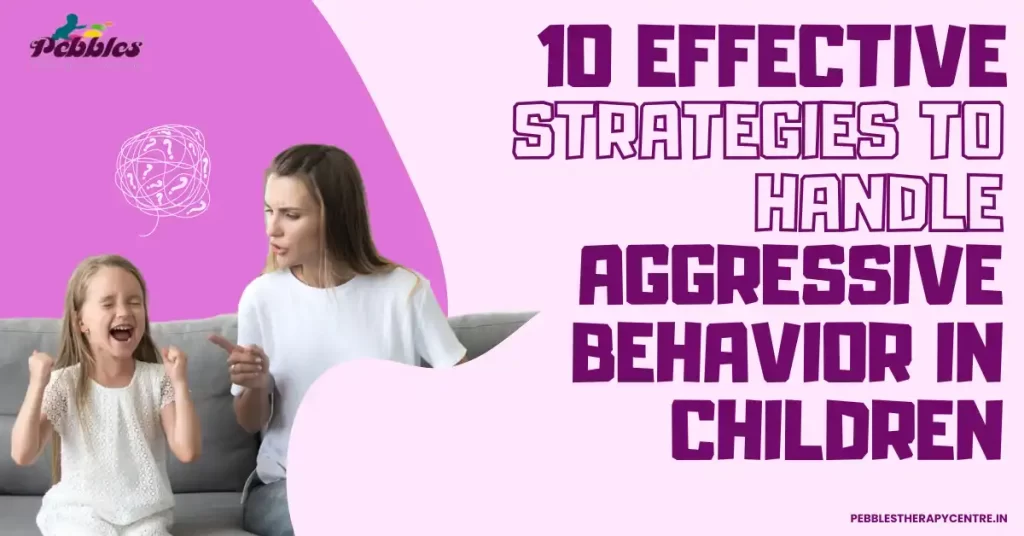10 Effective Strategies to Handle Aggressive Behavior in Children
Aggressive Behavior in Children is a pervasive but difficult problem in the parenting, teacher and caring sector. It may present as hitting, yelling, or noncompliance, and if untreated, can result in lasting social and emotional difficulties. Aggressive behaviour in children can be controlled with appropriate approaches of and early action plan, which helps create a positive behaviour and emotional development process.
This blog will explore the signs, causes, and actionable strategies to handle aggressive behavior in childhood while incorporating expert-recommended techniques.
What Is Aggressive Behavior in Children?
Aggressive behaviour in children is intentional actions that inflict pain to others, inflict pain to the self or damage to the environment. Such behaviors can be physical (e.g., hitting, pushing), verbal (e.g., name calling, yelling), or non-physical (e.g., destroying property). From time to time aggression is a function of the natural development of young children, especially in toddler years while this group are still learning to regulate their emotions.
Nevertheless, chronic or excessive aggression in children can also indicate, among other factors, developmental lags, attention deficit/ ADHD and aggressive behavior in children), and exposure to violent behavior in preschoolers. Children sometimes learn to resort to aggression as a mechanism to cope with frustration, fear, or unmet basic needs, but training them to manage their emotions in alternative ways cannot be overemphasized.
It is important to know what kinds of aggression there are, i.e., reactive aggression (instantaneous aggressive behaviours) and proactive aggression (aggression with purposes and intentionalities). Parents and caretakers have essential involvement in the process of substitution of aggression by positive behaviours by training of problem-solving skills, as role-model of the peaceful responses and by advocating the positive expression of emotions.
Proactive intervention is critical to enable children to master their emotions and develop positive behaviors that decrease aggression over time.
Signs Your Child May Be Displaying Aggressive Behavior
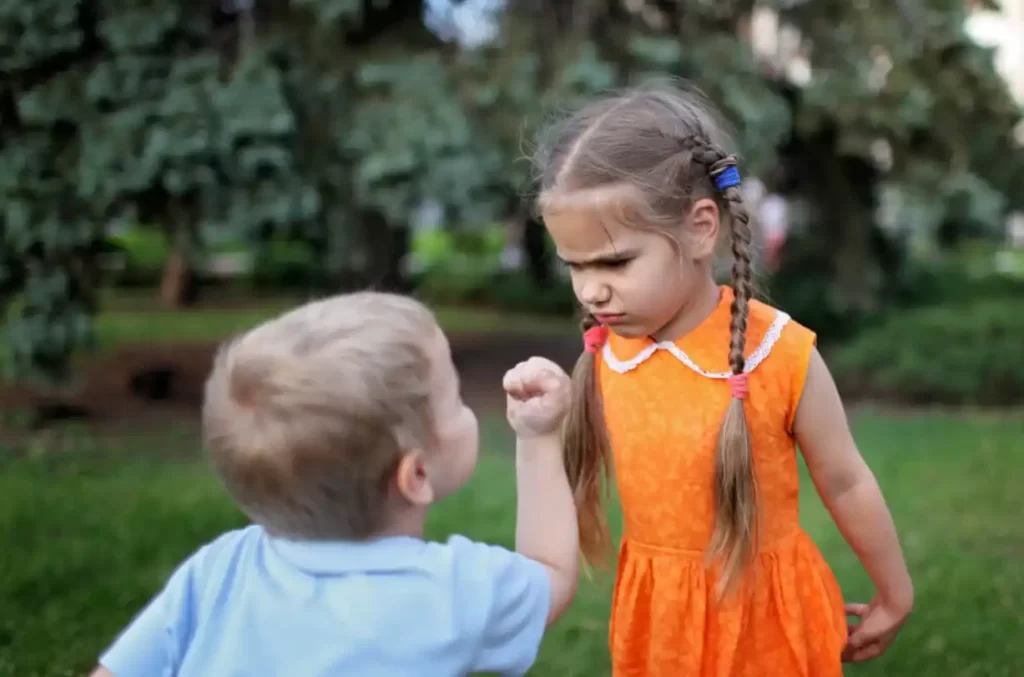
Identification the Signs of aggressive behavior in kids is the first step towards intervention in any direction. Common indicators include:
- Frequent physical outbursts like hitting, kicking, or biting.
- Verbal aggression, including yelling, name-calling, or threats.
- Tantrums that escalate into physical violence.
- Destroying toys, furniture, or household items.
- Inability to calm down after becoming upset.
- Aggression directed toward animals or siblings.
Parents cannot neglect to recognise the type of behaviour in case it is becoming routine, since a behaviour which habitually leads to aggression might require a professional assessment and/or a course of behavioural psychotherapy.
Common Triggers of Aggression in Children
It is critical to understand the root cause of aggressive behavior in childhood in order to effectively intervene. Aggression in children is expressed when they are unable to express their emotions or cope with difficult events, e.g.
Common Triggers Include:
- Frustration: Inability to communicate their needs or feelings effectively.
- Overstimulation: Dominance in a loud environment or sensory overloading has been found to trigger aggression among young children.
- Fatigue: Sleep-deprived children are significantly at risk of being a irritable and physically violent child
- Exposure to Violence: The exposure of aggression in children in the family environment may desensitize them to aggression.
- Developmental Delays: Speech and motor delayed toddlers may become frustrated which in turn leads to aggressive behavior in toddlers.
- Lack of Boundaries: Inconsistent rules can confuse children, triggering aggressive outbursts.
Parents should also be mindful of age-specific triggers. For example, children learn to use aggression at what age? Aggression can be manifested as early as toddlerhood, during the period when children are testing independence from the confines of their development while lacking the necessary language to communicate this frustration to others.
By recognizing and removing these triggers, parents can keep their children healthy. This also involves the introduction of promotion of positive reinforcement, problem solving instruction, and a consistent, predictable environment). Recognizing triggers early prevents escalation and promotes emotional well-being.
The Importance of Early Intervention for Aggressive Behavior
Early intervention for aggressive behavior in 4 year olds and younger children is especially crucial. If left untreated, aggression may increase and impact the child’s social relations, school performance, and psychopathology.
Why Early Intervention Matters:
- Teaches Emotional Regulation: Children learn essential skills like deep breathing and expressing emotions constructively.
- Prevents Long-term Issues: Early intervention decreases the risk of aggression progressing into more severe behavioral issues.
- Builds Positive Habits: Early exposure to good behavior practices helps children manage triggers.
Therapeutic approaches, such as the pediatric cognitive behavioral therapy, are very effective with children, showing aggressive behavior in toddlers. These treatments are based on training children to recognize the triggers, substitute aggressiveness for positive behaviors, and handle emotions in a thoughtful manner.
Parents also actively participate in this process through modeling of calm behavior, promotion of physical activity, and proper enforcement of boundaries. Early intervention not only benefits the child but also promotes family dynamics by decreasing stress and encouraging candid communication.
Early intervention by timely attention helps children to build healthier coping strategies, change aggressive to adaptive, emotional management.
10 Proven Strategies to Handle Aggressive Behavior in Children
Behavioral management of aggressive behaviour in children demands patience, uniformity and appropriate strategies that can be adapted to the child’s age and requirements. The following methods have been demonstrated to successfully assist the children to reduce the aggression by positive behaviors, and support emotionality.
1. Model Positive Behavior

Children are keen observers and often imitate adults. Keeping cool and calm during conflict enables parents to instill the skills for constructive frustration processing in their children. For instance, if a child witnesses you handle conflicts with compassion and civility, they will likely become compliant with that behavior.
When dealing with aggressive behavior in toddlers, conveying the emotions and reactions can also be useful. For example, by saying, “I am upset, but I am going to catch my breath to relax,” it teaches them how to do the same thing. Modeling prosocial behavior establishes a basis for positive dyadic exchanges and provides children with a model for coping with aggression.
2. Teach Emotional Regulation Skills

A number of children have difficulties in regulating their emotion which deteriorates to outburst. Teaching emotional regulation strategies, for example, deep breathing, counting to ten, or vocalizing feelings, has clear effects in reducing aggression.
Parents may also train tools for example “calm-down corner”, in which the child can go to calm down when s/he feels dysregulated. Activities such as drawing, writing or listening to music can assist them to cope with their emotions in a healthy way.
As an example, if a child is predisposed to aggression in 4 year olds, parents can teach them recognizing negative emotion, such as anger and the frustration and give them desirable affective regulation. Through experience, children become better at regulating their emotions and expressing themselves in a constructive way.
3. Set Clear and Consistent Boundaries
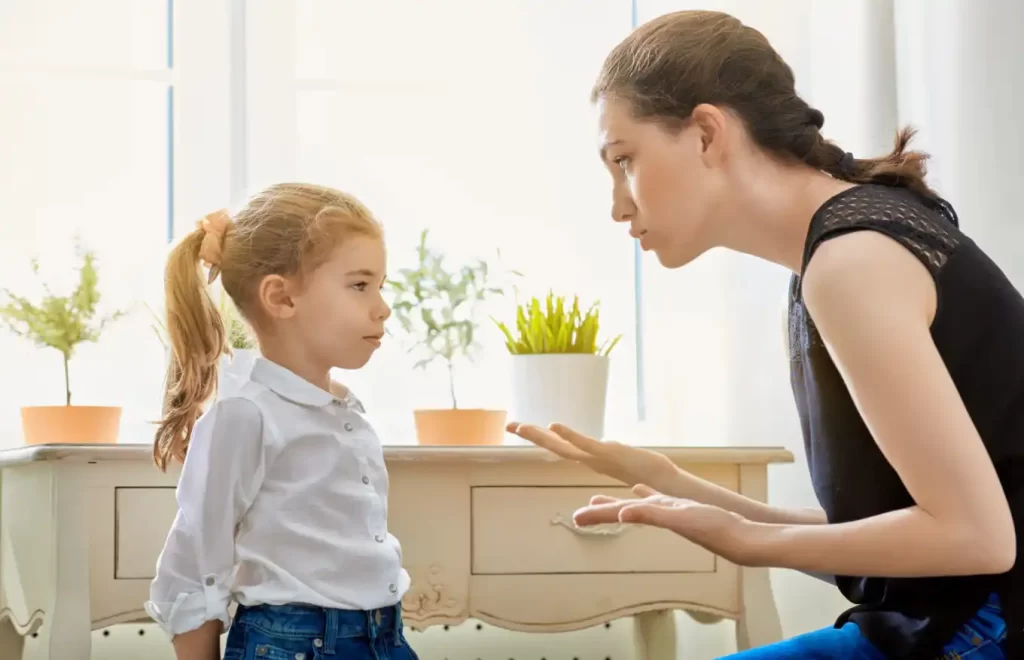
Children learn best in environments with clearly defined and stable expectations. As children learn what behaviour is allowed and what is not they are more secure and less likely to display a resistance behavior.
For example, if a child exhibits physically violent child tendencies, setting a rule like “Hitting is not allowed; we use words to explain how we feel” establishes a clear boundary. Consistently enforcing these boundaries with predictable consequences teaches accountability.
Consistency is critical. If and only if rules are applied sporadically children can become disoriented, and more aggressive behavior in childhood. Parents need to make sure that every caregiver adheres to the same rules in order to keep an organized setting.
4. Use Positive Reinforcement
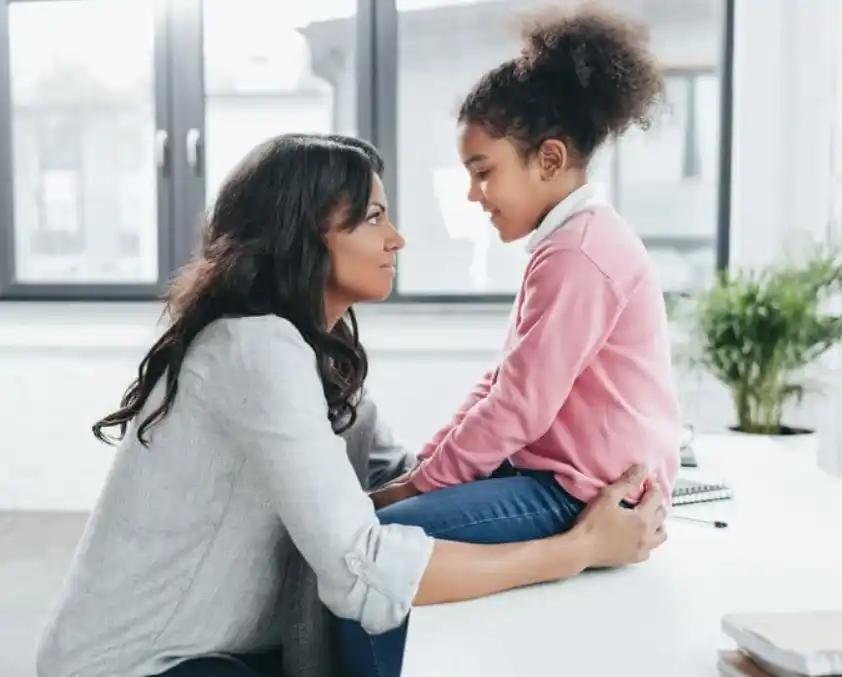
Rewarding good behavior encourages children to repeat it. Positive reinforcement can take many forms, such as praise, stickers, or small rewards for desirable actions. As an example, if a child stops screaming in a dispute, giving credit for that effort, “I’m pleased with how well you kept calm in that,” encourages that behaviour.
This approach is also very promising in the context of the treatment of aggressive behaviour in 4 year olds, because four-year-olds are highly motivated by immediate reward and positive reinforcement. To an extent, children learn to associate good behaviour with good outcomes, and in turn reduce the propensity to be aggressive.
5. Avoid Physical Punishment

Physical discipline can escalate aggression rather than diminish it. Research indicates that children that are physically punished are prone to exhibit violent behavior in preschoolers and as adults.
Rather than (physical) punishment, parents can resort to non-violent discipline strategies, such as time-outs, natural consequence, or redirection. As an example, when a child throws a toy in rage, the removal of the toy for a short period and a verbalization of what caused the toy’s removal and what role they played help the child see the consequences of their own actions.
Especially with methods being corrective and non-aggressive, it benefits the child to learn responsibility, and to encourage good behaviours.
6. Encourage Open Communication
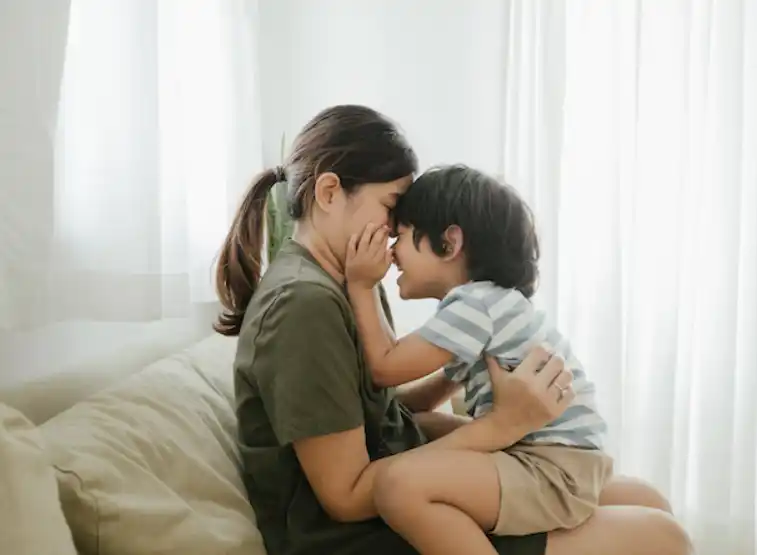
Open and transparent communication is a source of trust, which allows children to express their feelings before they turn into aggressive behavior. Nurturing the openness of a child’s emotional sharing, and a willingness to accept them without criticism. Ask open-ended questions like, “What upset you today? or “How can I help you feel better?
When children’s voices are not ignored and their perspective is heard, they are less likely to resort to the use of aggression for emotional regulation with toddlers and/or older children. Description of training children in the use of imaginatively formulated “I” statements, i.e., for example, “I am angry when. Which does not lead to blame but promotes emotion and lessens conflict.
7. Promote Physical Activity

Physical activity is a much needed release of pent-up agitations and frustrations. Focusing children on exercise such as running, dancing, or playing sport has the effect of diminishing aggression in children. Physical-exercise not only has the effect of improving physical conditions, but it could also help to improve mental states by releasing endorphins, which leads to positive mental states.
E.g., a child with tendency to the aggressive behaviour in 4 years old children, structured sports such as the soccer or swimming may have positive effect. Frequent exercise serves as an effective activity to guide the child’s energy into useful activity, decreasing the chances of future shows of hostility.
8. Limit Exposure to Violent Media
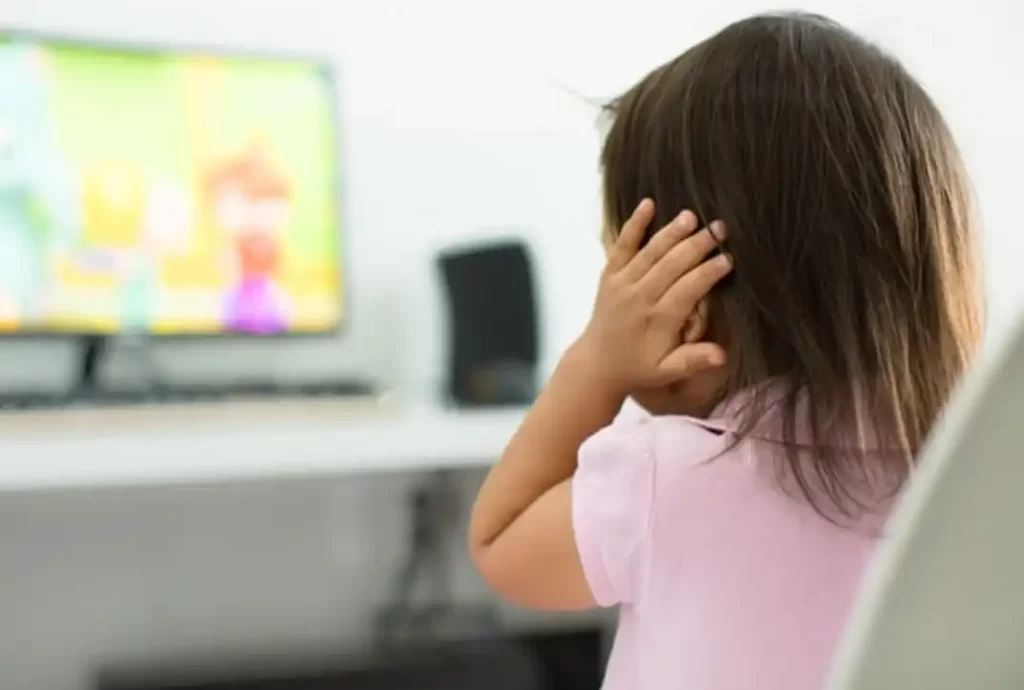
Unexplained overly exposure to violence television, computer and movie programs may desensitize the effect of violence for children, and thus may cause violent behavior in preschoolers and later. Restricting access to media and tracking what they watch helps to prevent them from becoming aggressive.
There remains a reservoir of alternative activities that parents can promote, e.g., reading, crafts, or family games, that cultivate rather than conflict.
For instance, if a child replicates aggressive acts shown in a video game, it is beneficial to both talk about why such behaviors are dangerous and present an alternative way to express emotions so they can make a better decision.
9. Seek Professional Help When Needed
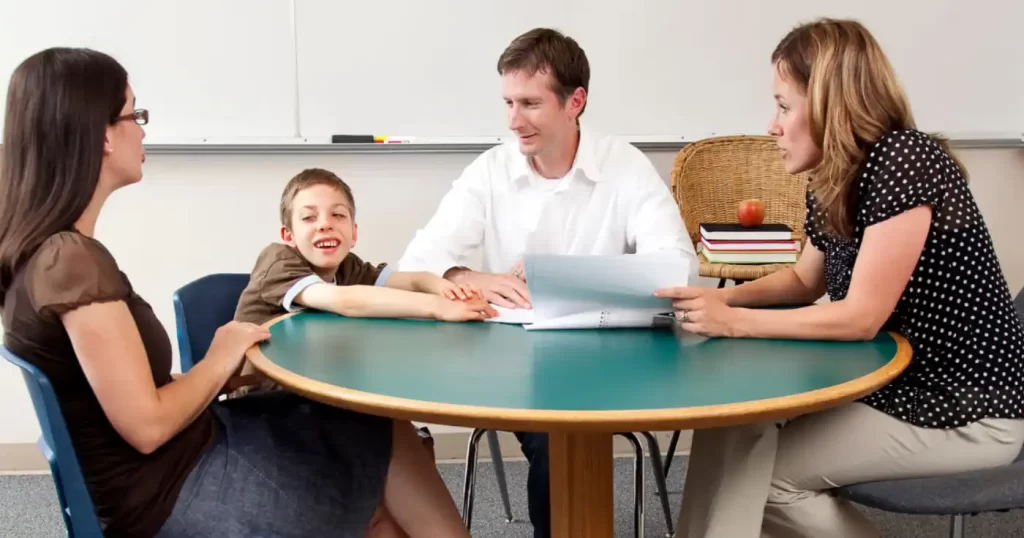
Aggression continues even when treatment is applied, consulting a professional can help to gain some useful knowledge. Therapists who have expertise in child behavioral therapy techniques can assess underlying issues and develop targeted approaches.
Pediatric Cognitive behavioral therapy with attention deficit hyperactivity disorder (ADHD) or developmental disorders is particularly effective. In this methodology, children are trained to identify their triggers, cope with their emotions, and counter aggression with behavioral approaches.
Early access to help safeguards the emotional and socialization of the children and helps them to get better.
10. Engage in Family Counseling or Group Therapy

Aggression in children often impacts the entire family. Family counseling or group therapy may be used to target the more general dynamics that may be maintaining the child’s behavior. These sessions, however, offer an opportunity for family members to talk and together find solutions to their disagreements.
For example, In families with preschoolers displaying aggressive behavior up to 4 years old, therapy can assist parents to learn and practice management of outbursts effectively together with helping create an effective supportive environment. Group therapy can have the added benefit of helping children to understand the behaviour of the peer group when faced with similar challenges and to learn to act in a positive way.
Tips to Prevent Aggressive Behavior in Young Children
The first step in preventing aggressive behavior in young children is creating a good and encouraging atmosphere. There are proactive measures that parents and other caregivers may use to lessen hostility and promote positive behavior:
- Encourage Emotional Expression: Teach children to identify and verbalize their emotions. Help and educate them as to it is obviously perfectly, well, okay to be angry, but attempt to nudge them more towards mature, emotionally healthy expression of the anger.
- Set Consistent Rules: Children thrive on structure. A transparent and controllable rule of thumb for what behaviour is permitted informs boundaries and standards.
- Promote Positive Reinforcement: Identify and praise children’s positive behaviors as a reinforcer for more good behaviors.
- Encourage Physical Activity: Active play helps release energy and reduces stress, both of which can prevent aggressive behavior in toddlers.
- Provide a Calm Environment: Reduce chaos or overstimulation in the home, which may cause distress and worry.
- Limit Exposure to Violent Media: Avoid content that depicts aggression or conflict. Choose age-appropriate media that fosters cooperation and empathy.
Combined with those strategies, parents can generate aggression-prevention and support their child’s emotional development. Early preventive care not only teaches them problem solving skills, mental health resilience but also enhances their relationships.
When to Seek Professional Help for Aggressive Behavior
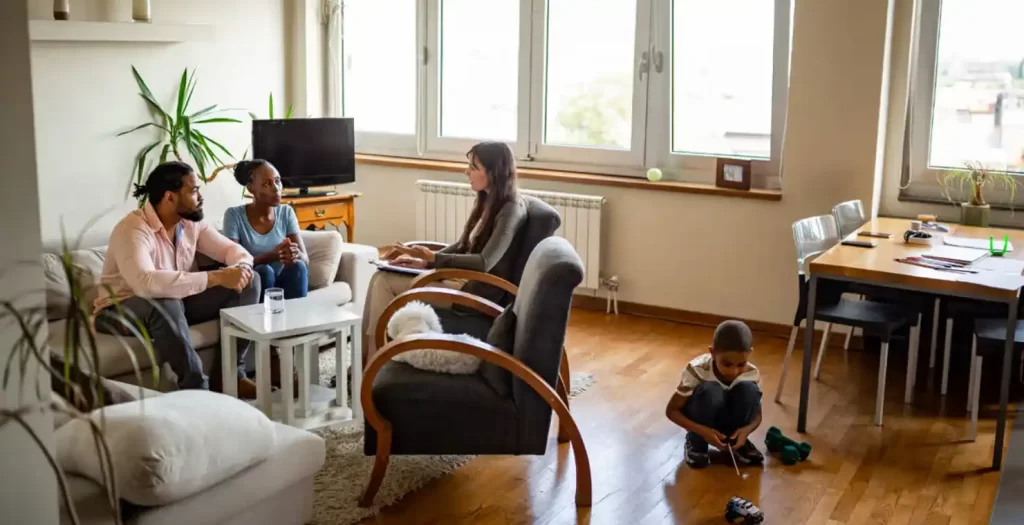
There may be a need to call professional intervention if aggressive behavior in children is excessive, severe, or intractable. Consider seeking help if:
- In aggression, there is damage to the child or an innocent bystander (e.g., violence such as striking, biting, or destruction).
- The child exhibits a poor ability to regulate emotions, despite regular punishment.
- Aggressive behavior interferes with daily life activities, including school or social activities.
Therapists of child behaviour can offer evidence based methods, such as pediatric cognitive behavioural therapy, for teaching children how to manage emotions and decrease aggression. Early intervention is crucial to prevent long-term challenges.
Myths and Misconceptions About Aggressive Behavior in Children
There are a number of misconceptions about Aggression in children, which may result in inappropriate responses:.
- Aggression Is Just a Phase: Mild aggression may be considered normative but recurrent or extreme behavioral patterns should be investigated. Early support is key.
- Physical Punishment Helps: Punitive behaviors, for example, beating or shouting, tend to increase aggression rather than decrease it.
- Aggressive Children Are “Bad”: Aggression is, in most cases, a sign of an underlying problem, such as unmet emotional needs or latent mental distress.
- Only Boys Are Aggressive: Aggression can occur in both boys and girls, however they may express aggression in different fashions.
- Behavioral treatment like cognitive behavioral therapy for children is effective even for young–ish aggression.
When these myths are dispelled, the caregivers are better positioned to act more proactively and compassionately in trying to help their children.
FAQs
Aggressive behavior in children may be attributed to frustration, exposure to violent behavior in preschoolers, attention deficit disorders and hyperactivity (ADHD), developmental disorders and stress originating from environmental changes. Identifying triggers is essential for effective management.
You can teach your child emotional regulation by encouraging deep breathing, helping them label emotions, and modeling calm responses. Engaging in activities that promote problem-solving skills and positive behaviors also helps children express their feelings constructively.
If your child’s aggression escalates, seek professional help. Therapists could additionally recommend child behavioral therapy techniques, such as cognitive behavioral therapy for kids, to address underlying mechanisms and to enhance regulation of behavior.
Parent aggression can be managed by setting clear boundaries, by positive reinforcement, and by participating in physical activity so as to exhaust excess energy. Mitigating effects of violent media have also been demonstrated for violence exposure restriction and for open dialogue.
With regard to children, the most effective therapy is cognitive behavioural therapy for kids, teaching children to identify triggers, how to control and regulate emotion and what healthier responses to threatened situation are to be adopted, etc. Family counselling or group therapy can also be used for the more severe types of aggression in early childhood.

